Home>Furniture>Outdoor Furniture>How Much Does It Cost To Replace Decking Boards
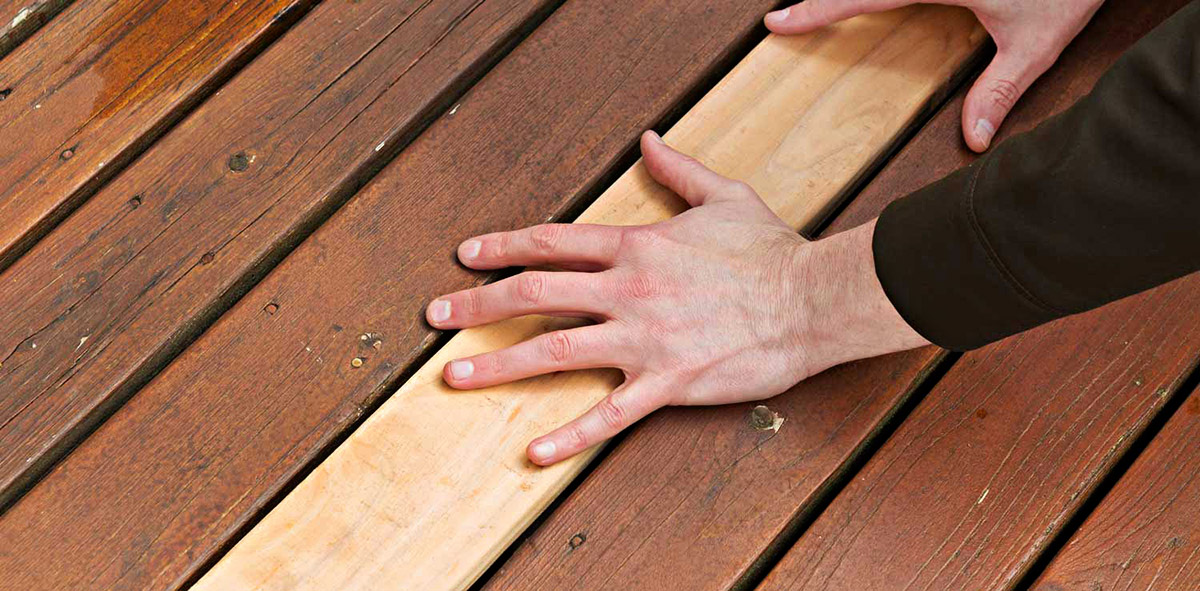

Outdoor Furniture
How Much Does It Cost To Replace Decking Boards
Modified: March 24, 2024
Get an estimate on the cost of replacing outdoor furniture decking boards. Discover the average prices and factors that affect the overall expense.
(Many of the links in this article redirect to a specific reviewed product. Your purchase of these products through affiliate links helps to generate commission for Storables.com, at no extra cost. Learn more)
Introduction
Replacing decking boards is a common task that many homeowners undertake to improve the appearance and functionality of their outdoor space. Whether your current decking boards are worn, damaged, or simply outdated, replacing them can breathe new life into your deck and enhance its overall aesthetic appeal. However, before embarking on this project, it’s important to understand the factors that affect the cost of replacing decking boards.
There are several key factors to consider when determining the cost of replacing your decking boards. These factors include the type of material you choose for your new boards, the size and layout of your deck, the level of difficulty involved in the installation process, and the cost of labor in your area. In this article, we will explore each of these factors in detail, providing you with the information you need to make an informed decision when it comes to replacing your decking boards.
Before we dive into the specifics, it’s important to note that the cost of replacing decking boards can vary significantly depending on your location, the materials chosen, and the complexity of the project. The figures provided in this article are meant to serve as a general guide, but it’s always a good idea to obtain multiple quotes from reputable contractors in your area to get a more accurate estimate for your specific project.
With that being said, let’s explore the factors that influence the cost of replacing decking boards in more detail.
Key Takeaways:
- Replacing decking boards can cost between $1.50 to $12 per linear foot, depending on the material chosen. It’s important to consider labor, additional materials, and potential extra costs when planning the project.
- To save money on decking board replacement, compare quotes, opt for cost-effective materials, and consider DIY if skilled. Proper planning, shopping for sales, and regular maintenance are also effective cost-saving strategies.
Read more: How To Replace Decking Boards
Factors That Affect the Cost of Replacing Decking Boards
When it comes to replacing decking boards, several factors can impact the overall cost of the project. By understanding these factors, you can better estimate the expenses involved and make informed decisions. Let’s take a closer look at each of these factors:
- Type of Material: The choice of material for your new decking boards greatly influences the cost. Common options include pressure-treated wood, cedar, composite, and tropical hardwoods. While pressure-treated wood is generally the most affordable option, composite and tropical hardwoods tend to be on the higher end of the price spectrum.
- Size and Layout of Deck: The size and layout of your deck will play a significant role in determining the cost. Larger decks require more materials and labor, leading to higher expenses. Additionally, complex layouts with intricate patterns or multiple levels can increase the complexity of the installation and, in turn, the cost.
- Level of Difficulty: The level of difficulty involved in replacing the decking boards can influence the cost. If your existing boards are easy to remove and the installation process is straightforward, the cost may be lower. However, if there are underlying issues, such as rot or structural damage, that need to be addressed before the new boards can be installed, it can add additional expenses.
- Cost of Labor: Labor costs can vary widely depending on your location and the expertise of the contractor. It’s essential to research and obtain multiple quotes from reputable professionals in your area to get a realistic estimate of the labor expenses. Keep in mind that hiring an experienced and skilled contractor may cost more upfront but can save you money in the long run by ensuring a high-quality and long-lasting installation.
- Additional Materials: In addition to the decking boards, there are other materials needed for the installation, such as fasteners, sealants, and railing systems. These additional materials can contribute to the overall cost. It’s important to factor in these expenses when estimating the total budget for your project.
By considering these factors, you can get a clearer picture of the potential cost involved in replacing your decking boards. Keep in mind that it’s crucial to assess your specific needs and requirements to determine the most suitable material and design for your deck. Now that we have covered the factors that affect the cost, let’s move on to the average cost of decking boards in the next section.
Average Cost of Decking Boards
The cost of decking boards can vary depending on the material chosen, the quality of the boards, and the supplier. To provide you with a general idea of the average cost, we will outline the price range for different types of decking materials:
- Pressure-Treated Wood: Pressure-treated wood is often the most affordable option for decking boards. On average, you can expect to pay between $1.50 and $2.50 per linear foot for pressure-treated wood. Keep in mind that the quality and grade of the wood can affect the price.
- Cedar: Cedar is a popular choice for decking boards due to its natural beauty and durability. The average cost for cedar boards ranges from $3 to $6 per linear foot. This price can vary depending on the grade of cedar and availability in your area.
- Composite: Composite decking boards are a low-maintenance and long-lasting option. They are made from a combination of wood fibers and recycled plastic. Composite boards typically range from $4 to $8 per linear foot, depending on the brand and quality.
- Tropical Hardwoods: Tropical hardwoods, such as Ipe or Tigerwood, are known for their exceptional durability and rich colors. However, they come with a higher price tag. Expect to pay anywhere between $8 and $12 per linear foot for decking boards made from tropical hardwoods.
It’s important to note that these prices are approximate and can vary depending on your location, the specific supplier, and any additional features or treatments the decking boards may have. It’s a good idea to research different suppliers and compare prices to ensure you are getting the best value for your money.
Additionally, it’s worth considering that investing in higher-quality decking boards can provide benefits such as increased longevity, less maintenance, and enhanced aesthetics. While the initial cost may be higher, it can save you money in the long run by reducing the need for frequent replacements or repairs.
Now that we have an understanding of the average cost of decking boards, let’s move on to discussing the labor costs involved in replacing them.
Labor Costs for Replacing Decking Boards
When it comes to replacing decking boards, labor costs are a significant factor to consider. Unless you have the necessary skills and experience, it’s recommended to hire a professional contractor to ensure a smooth and successful installation. The labor costs can vary depending on several factors:
- Scope of Work: The extent of the job will impact the labor costs. If you only need to replace a few damaged or worn-out boards, the labor expenses will be relatively low. However, if you are replacing the entire deck or undertaking a complex project that requires additional work, such as repairing the substructure, the labor costs will naturally be higher.
- Deck Size: The size of your deck will also influence the labor costs. Larger decks require more time and effort to replace the boards, which can result in higher labor expenses.
- Location: Labor costs can vary depending on your location and the availability of skilled contractors. Areas with higher living expenses and a higher demand for services may have higher labor rates compared to other regions.
- Contractor Experience: The experience and expertise of the contractor will affect the labor costs. Contractors with a proven track record and extensive experience in deck installations may charge higher rates due to their expertise and the quality of their work. However, it’s important to remember that investing in a skilled and reputable contractor often leads to higher-quality results and greater peace of mind.
On average, expect labor costs for replacing decking boards to range from $20 to $40 per square foot. However, this figure can vary depending on the factors mentioned above.
It’s crucial to obtain multiple quotes from contractors in your area to compare prices and find the best fit for your budget and project needs. When evaluating quotes, consider factors such as experience, reputation, and customer reviews in addition to cost.
Keep in mind that while it may be tempting to cut costs by hiring the cheapest contractor available, it’s important to prioritize quality and expertise. A poorly executed installation can lead to future problems and additional expenses down the line.
Now that we have covered the labor costs involved in replacing decking boards, let’s move on to discussing additional costs that you might need to consider when planning your project.
When replacing decking boards, consider the cost of the materials, labor, and any additional supplies needed. Get multiple quotes from contractors and compare prices to ensure you’re getting the best deal.
Additional Costs to Consider
When planning to replace your decking boards, it’s essential to consider the additional expenses that may arise throughout the project. While the main costs revolve around the materials and labor, there are several other factors to keep in mind:
- Permits and Inspections: Depending on your local regulations, you may require permits for replacing decking boards. These permits come with associated fees. Additionally, some areas may require inspections before and after the installation, which can also incur charges.
- Demolition and Disposal: If you are replacing the entire deck, you will need to factor in the cost of demolition and disposal of the old boards. This may involve renting a dumpster or hiring a waste removal service.
- Deck Repairs: Prior to replacing the decking boards, it’s important to assess the overall condition of your deck. If any underlying issues or damages are identified during the inspection, additional repairs may be needed. These repairs can include fixing the substructure, replacing damaged joists, or addressing rot or decay in the structure. The cost of these repairs should be taken into account in your project budget.
- Finishes and Treatments: Depending on the type of material you choose for your new decking boards, you may need to apply finishes or treatments to enhance their durability and longevity. These products, such as stain, sealant, or protective coatings, come with additional costs.
- Accessories and Upgrades: If you plan to add any accessories or upgrades to your deck during the replacement process, such as new railing systems, lighting fixtures, or seating areas, remember to budget for these additional expenses.
It’s essential to carefully evaluate your project requirements and consider these potential additional costs when estimating your overall budget. By accounting for these factors from the beginning, you can avoid unexpected financial surprises and ensure a smooth and successful decking board replacement project.
Now that we have covered the additional costs to consider, let’s move on to some tips for saving money on decking board replacement.
Read more: How To Replace A Deck Board
Tips for Saving Money on Decking Board Replacement
Replacing decking boards can be a significant investment, but there are several ways to save money without compromising on quality. Here are some tips to help you make the most of your budget:
- Compare Multiple Quotes: Obtain quotes from multiple contractors to compare prices and find the best value for your money. However, remember that cost should not be the sole determining factor. Consider the contractor’s experience, reputation, and customer reviews to ensure you are hiring a reliable professional.
- Opt for Cost-Effective Materials: While exotic hardwoods may be visually appealing, they come with a higher price tag. Consider more affordable options such as pressure-treated wood or composite decking boards, which offer durability and longevity at a lower cost.
- Do It Yourself (DIY) Approach: If you have the necessary skills and experience, consider replacing the decking boards yourself. However, be cautious as improper installations can lead to future issues. It’s crucial to research and follow proper installation techniques and guidelines.
- Reuse or Salvage Materials: If some of your existing decking boards are still in good condition, consider reusing or salvaging them instead of replacing them entirely. This can help reduce material costs and minimize waste.
- Plan Ahead: Proper planning can save you money in the long run. Create a detailed project plan, including accurate measurements and a comprehensive list of materials needed. This will help you avoid overbuying or making last-minute expensive changes.
- Shop Sales and Discounts: Keep an eye out for sales and discounts offered by suppliers and contractors. Timing your project to coincide with these promotions can help you secure better prices on materials and services.
- Maintain Regular Maintenance: By properly maintaining your deck, you can extend its lifespan and reduce the need for frequent replacements. Regular cleaning, sealing, and inspections can help identify and address issues early on, saving you money on future repairs or replacements.
- Consider Long-Term Costs: While it may be tempting to opt for the cheapest option upfront, it’s important to consider the long-term costs. Investing in higher-quality materials and professional installation may incur higher upfront expenses but can save you money in the long run by reducing the need for frequent repairs and replacements.
Remember, cost-saving measures should never compromise the safety or quality of your deck. It’s crucial to prioritize a well-built and structurally sound deck that will provide enjoyment and functionality for years to come.
By implementing these tips, you can save money on your decking board replacement project while ensuring a high-quality result. Now let’s wrap up our discussion.
Conclusion
Replacing decking boards is a worthwhile investment that can transform the look and functionality of your outdoor space. By understanding the various factors that affect the cost, such as the type of material, size and layout of your deck, level of difficulty, and labor costs, you can better estimate the expenses involved in the project. Additionally, considering the additional costs, including permits, demolition, repairs, and finishes, will help you create a realistic budget.
To save money on your decking board replacement, compare quotes from multiple contractors, opt for cost-effective materials, consider a DIY approach if you have the skills, and reuse or salvage existing materials when possible. Proper planning, shopping for sales, and maintaining regular maintenance are also effective cost-saving strategies. However, it’s important to prioritize quality and functionality, as investing in higher-quality materials and professional installation can lead to long-term savings.
Before starting your project, be sure to consult with reputable contractors and suppliers, obtain the necessary permits, and factor in any additional costs. By doing so, you can ensure a successful and cost-effective decking board replacement that enhances the beauty and enjoyment of your outdoor living space.
Remember, the information provided in this article serves as a general guide, and actual costs may vary depending on your location, specific project requirements, and market conditions. It’s always advised to seek multiple quotes from professionals in your area to obtain accurate estimates tailored to your project.
We hope this article has provided valuable insights and tips to assist you in planning your decking board replacement project. Now it’s time to start envisioning the possibilities and embark on your journey towards a renewed and beautiful outdoor space.
Frequently Asked Questions about How Much Does It Cost To Replace Decking Boards
Was this page helpful?
At Storables.com, we guarantee accurate and reliable information. Our content, validated by Expert Board Contributors, is crafted following stringent Editorial Policies. We're committed to providing you with well-researched, expert-backed insights for all your informational needs.
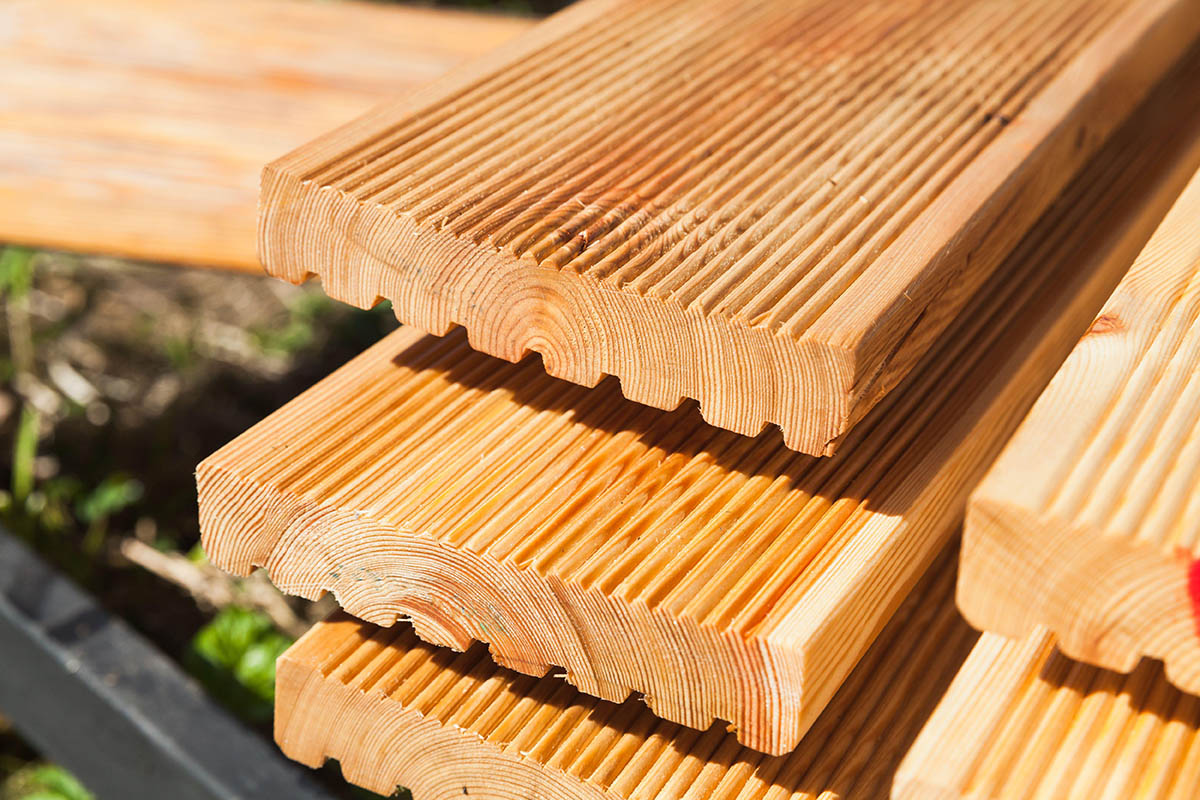
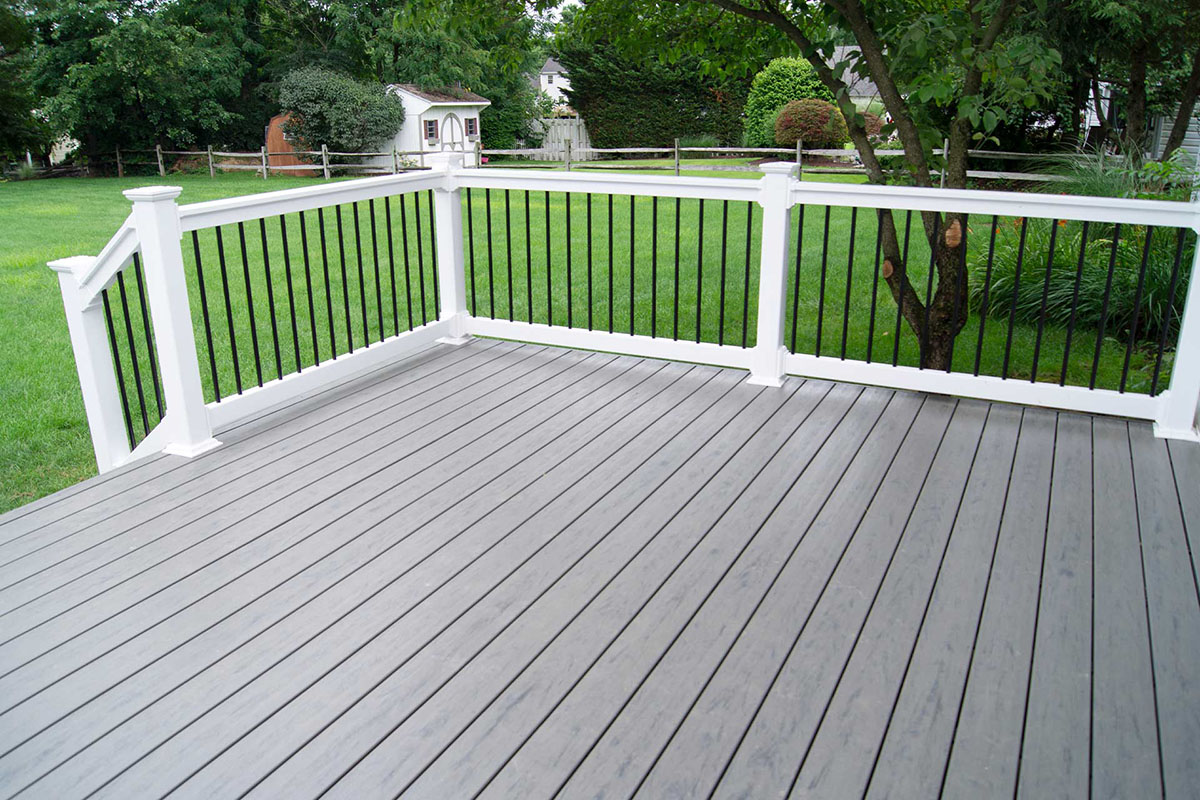
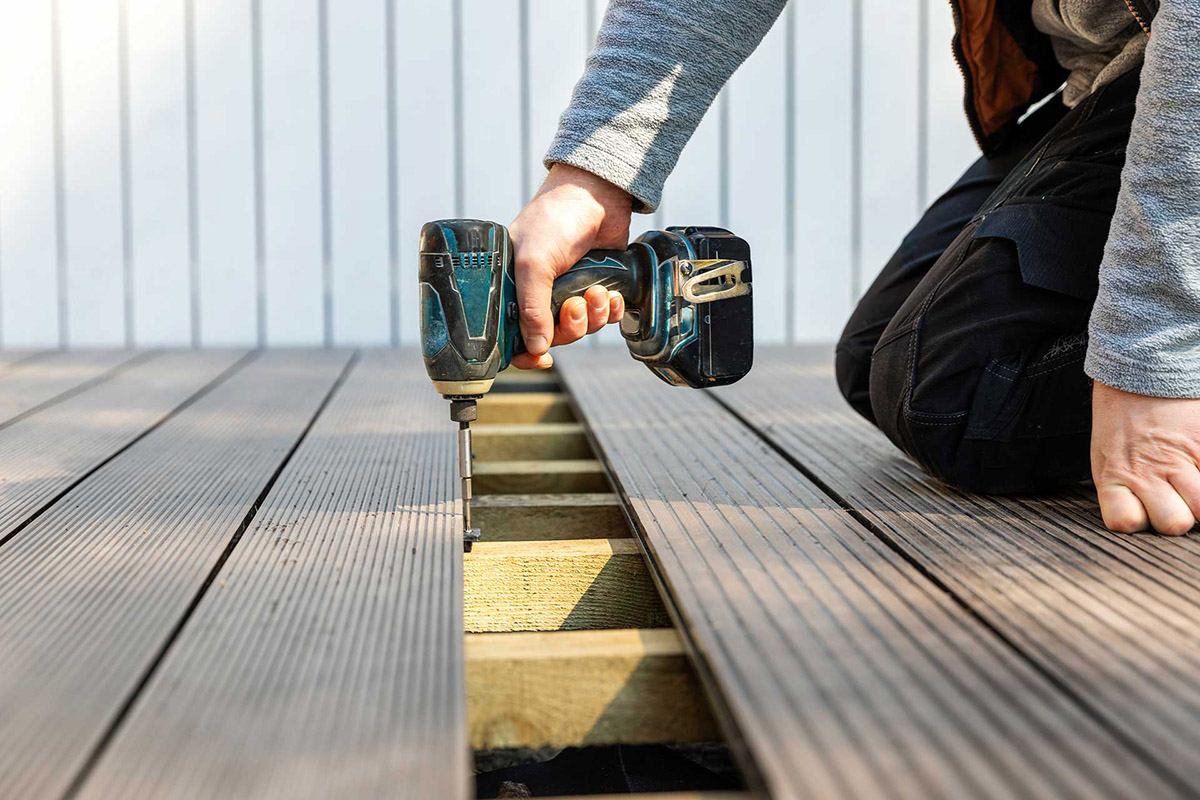
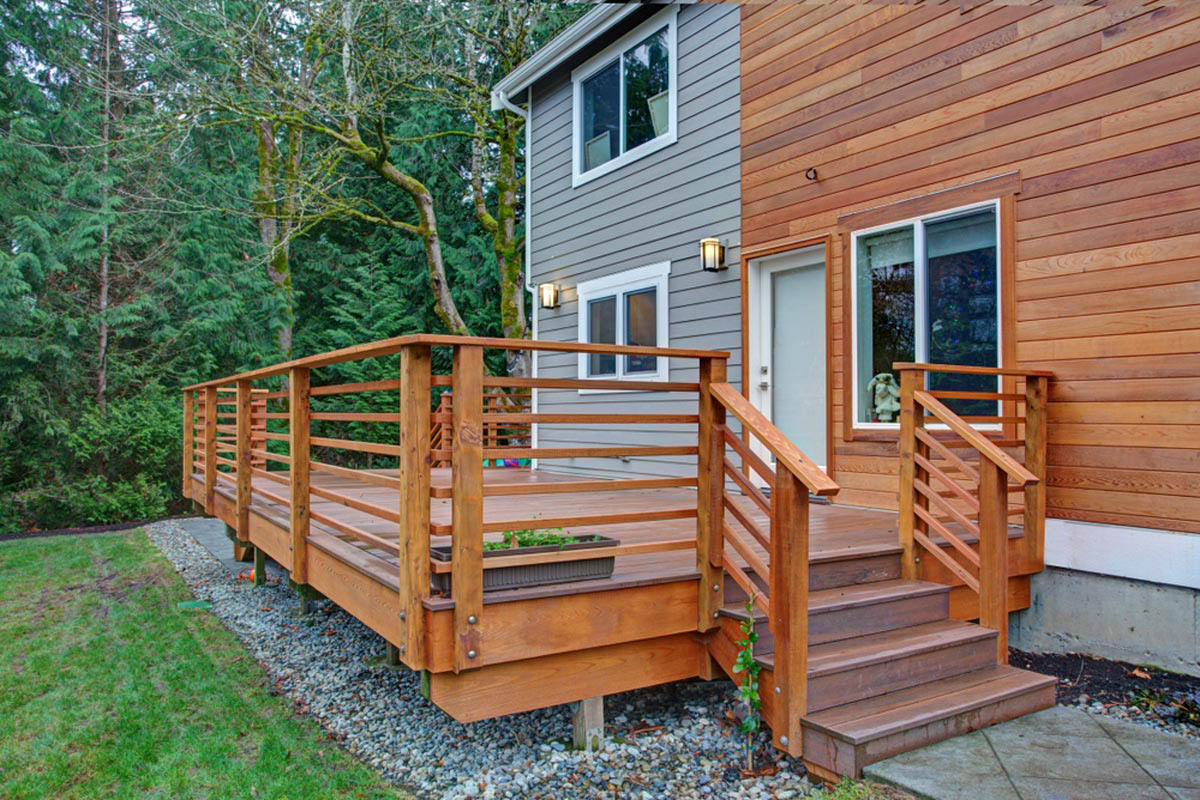
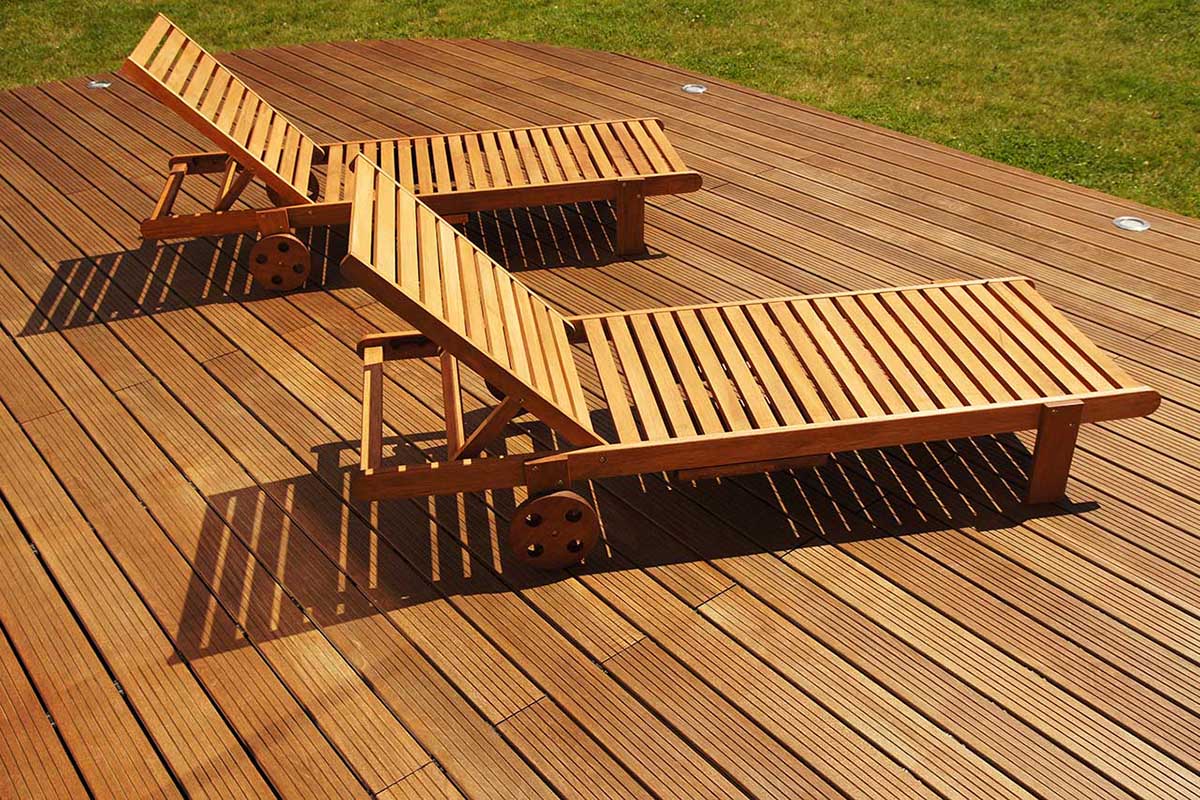
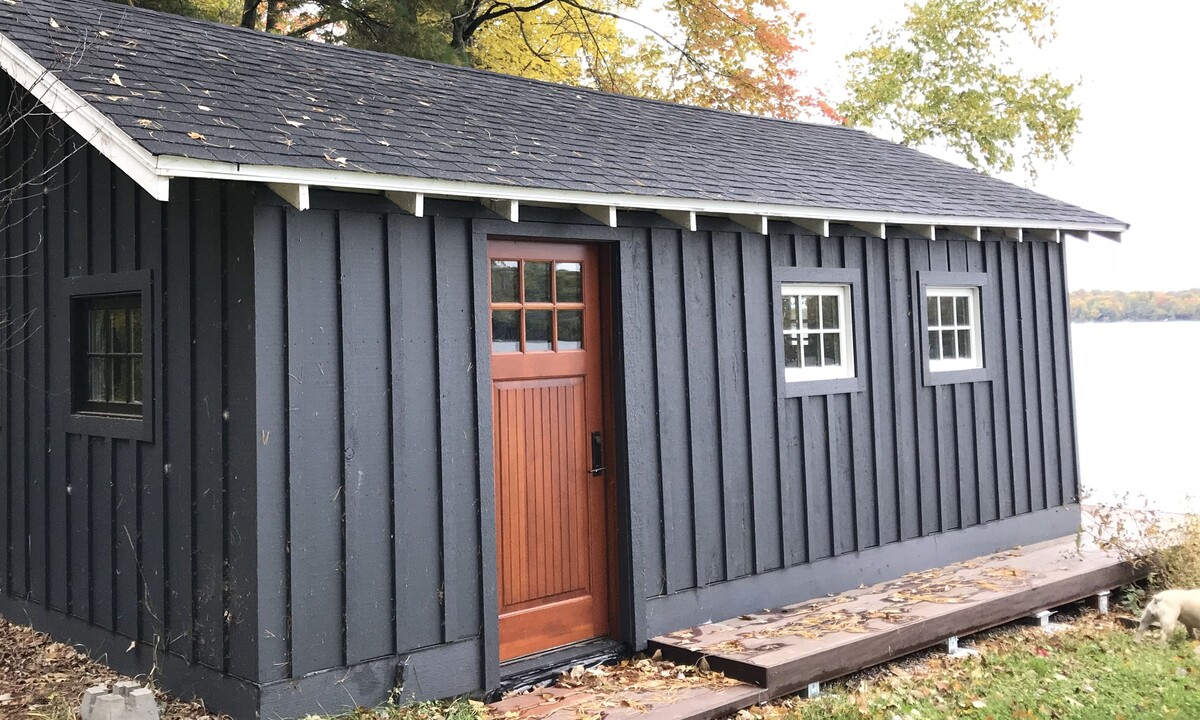

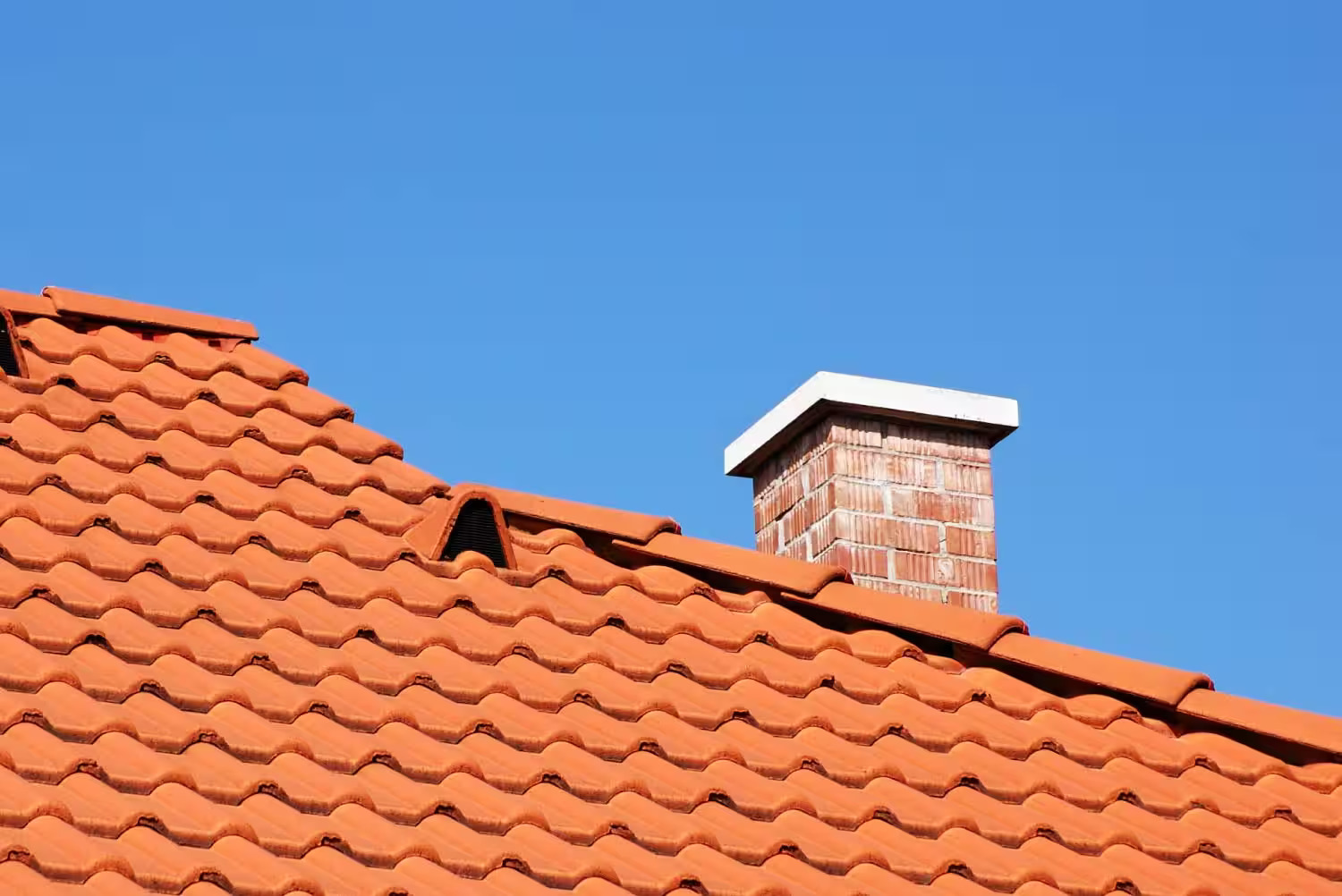
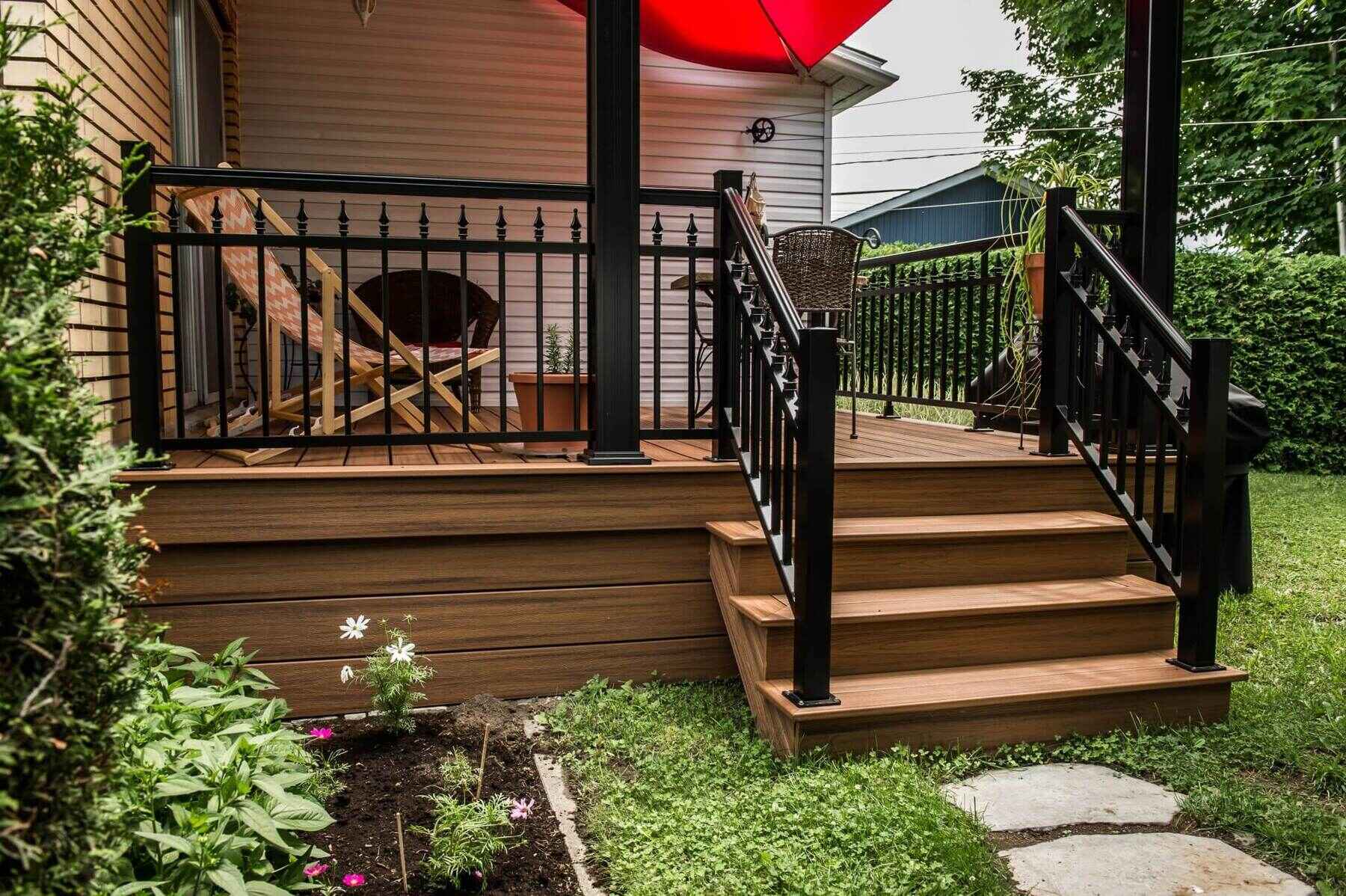
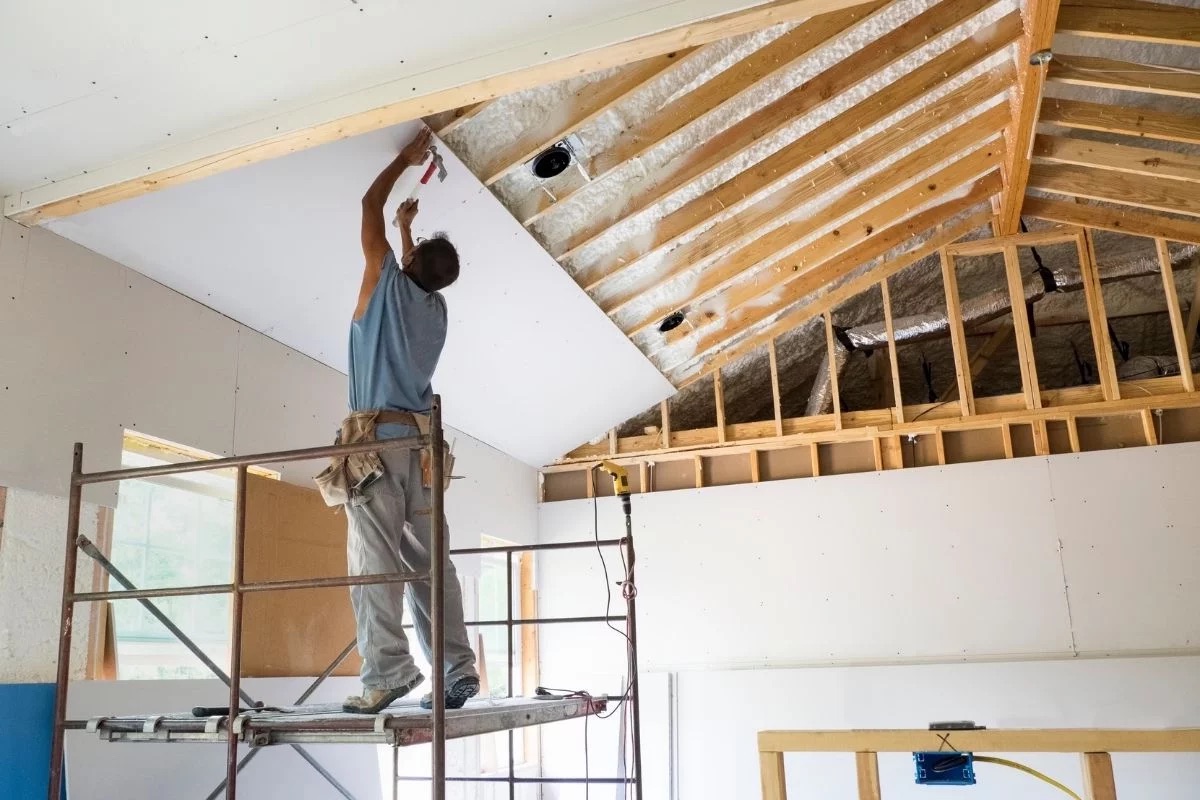
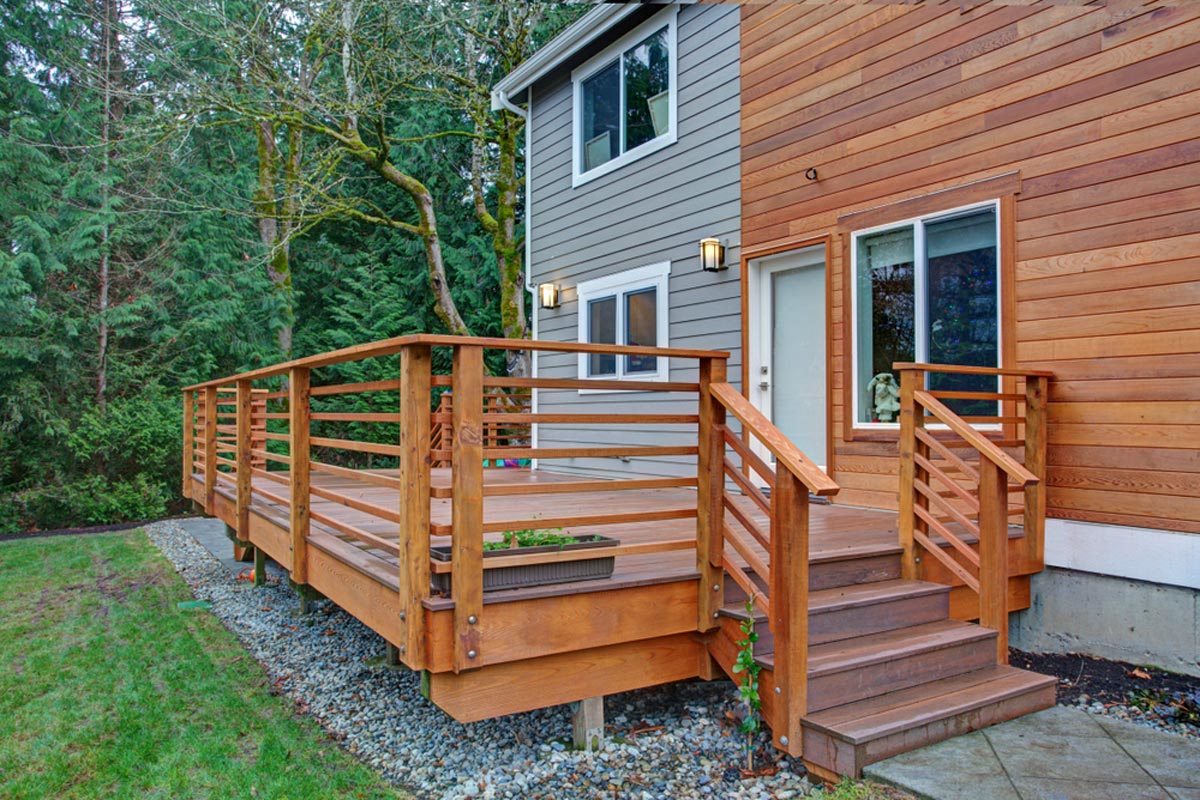
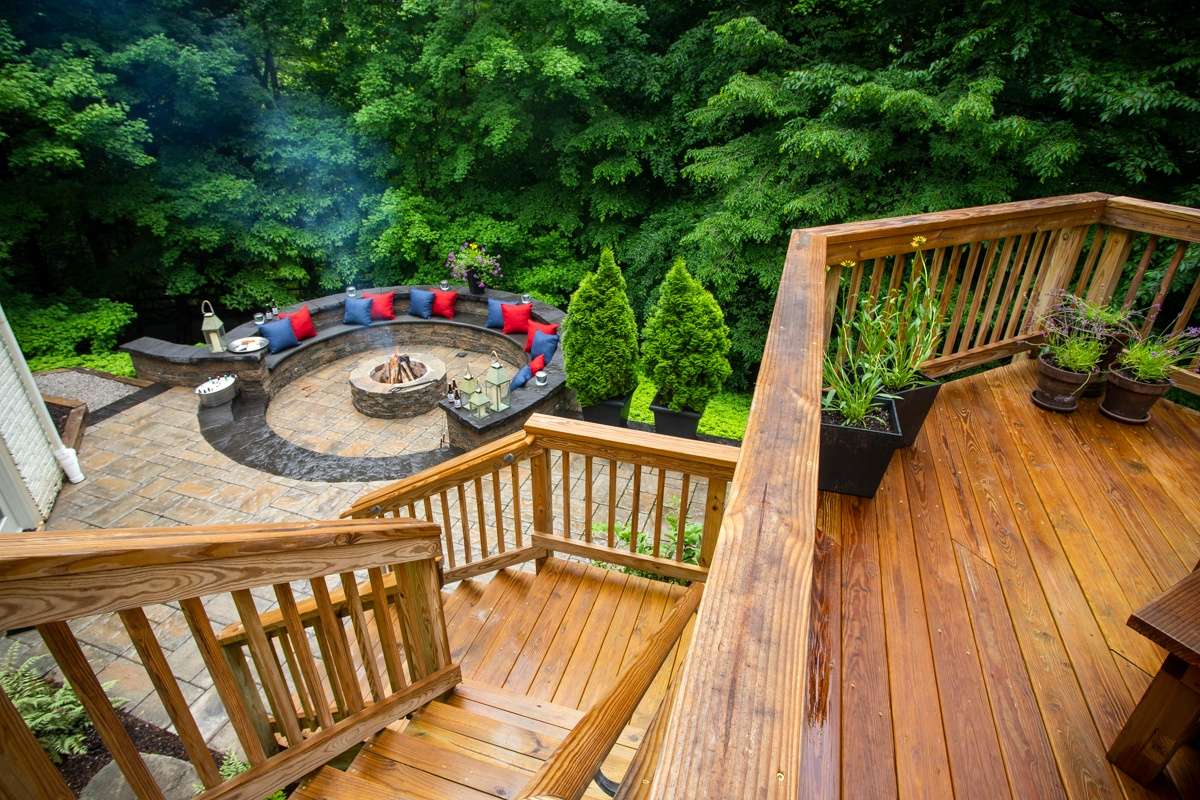
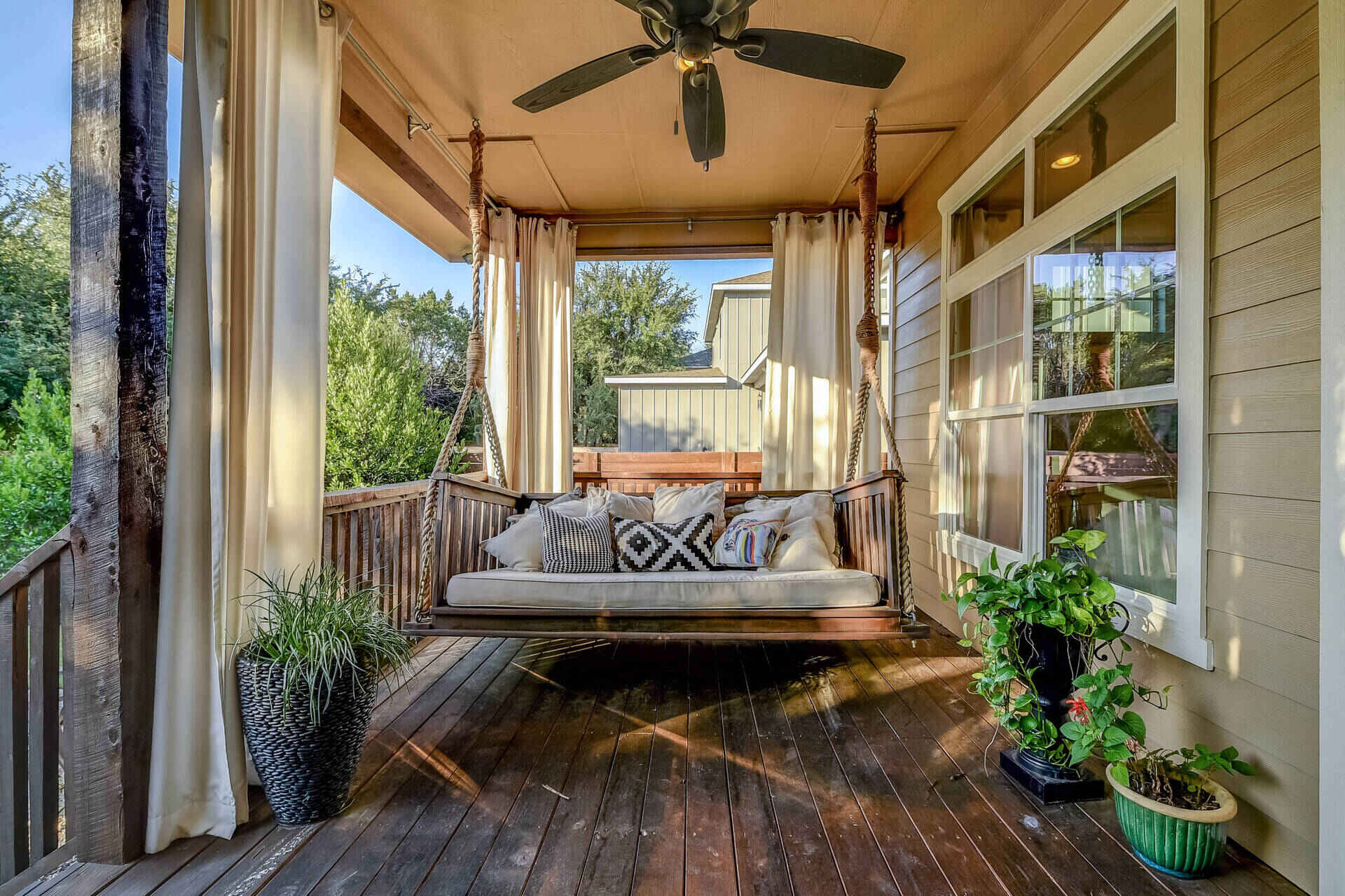
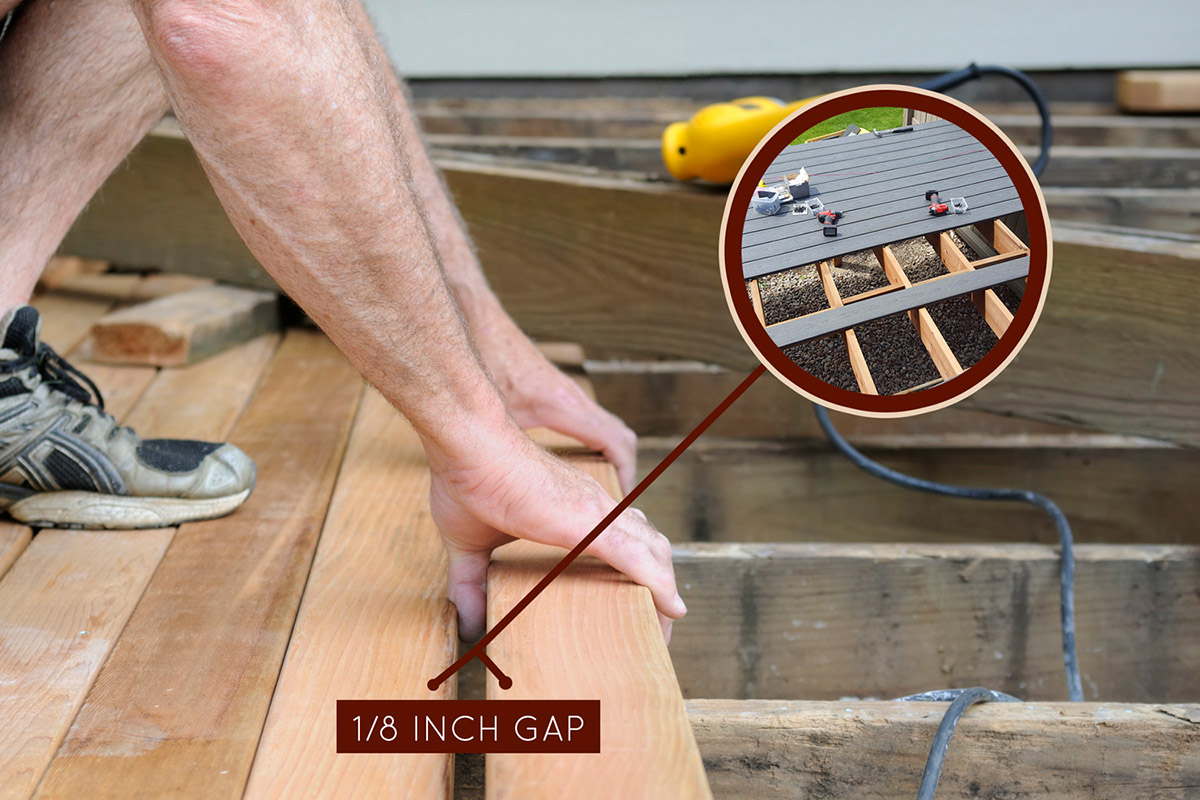

0 thoughts on “How Much Does It Cost To Replace Decking Boards”